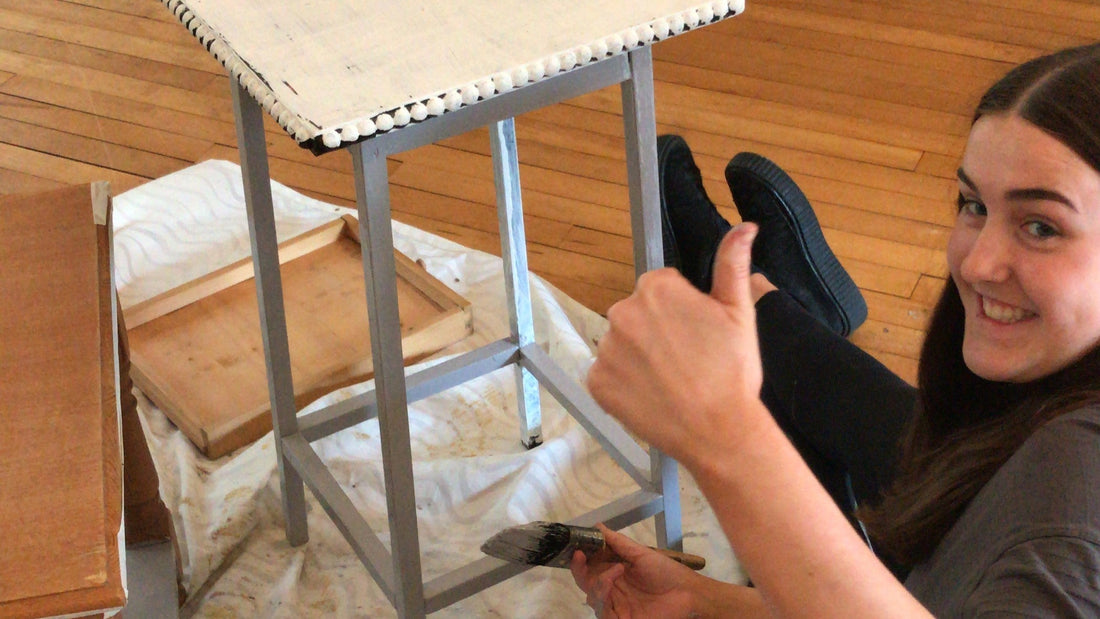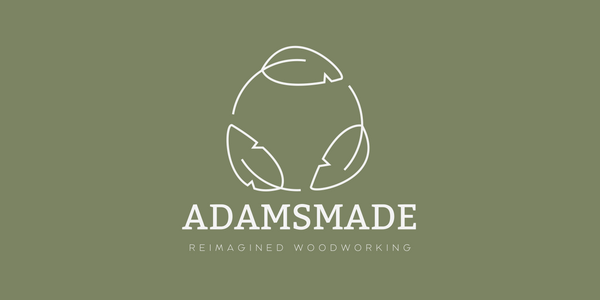
Upcycling vs. Recycling: What’s the Difference and Why It Matters
Share
In a world increasingly focused on sustainability, terms like upcycling and recycling are often used interchangeably. While both help reduce waste and benefit the environment, they are fundamentally different processes – especially when it comes to furniture and home décor.
At ADAMSMADE, we have seen first-hand the power of giving old materials new life. But what exactly sets upcycling apart from recycling, and why should you care? Let’s dive in.
What is recycling?
Recycling is the process of breaking down waste materials into raw components so they can be reprocessed into new products. This typically involves melting, shredding, or chemically altering materials like plastic, glass, paper, and metal before they are turned into something new.
Examples of recycling:
· Glass bottles melted down to create new glassware
· Old newspapers processed into fresh paper products
· Plastic containers shredded and remoulded into new packaging
The downsides of recycling:
- Energy-intensive: Recycling requires a lot of energy to break down materials.
- Material degradation: Many recycled materials (like plastic and paper) degrade in quality over time, meaning they can only be recycled a limited number of times.
- Not always sustainable: Some items, like composite plastics, can’t be recycled at all and still end up in landfill or the ocean.
While recycling is better than sending waste to landfill, it’s not a perfect solution. This is where upcycling comes in.
What is upcycling?
Upcycling is the creative reuse of existing materials to give them new life without breaking them down. Unlike recycling, which destroys materials to create something new, upcycling preserves and enhances the original materials, often resulting in one-of-a-kind, high-quality items.
Examples of upcycling in furniture:
· Transforming an old wooden door into a rustic dining table
· Repainting and restoring a vintage chest of drawers
· Repurposing a broken chair into a stylish plant stand
Because upcycling retains the quality of the original materials, it extends their lifespan without additional processing or waste. Making it a more sustainable alternative.
Upcycling vs. recycling: the key differences
|
Feature |
Upcycling |
Recycling |
|
Process |
Enhances & repurposes materials |
Breaks down & reprocesses materials |
|
Energy use |
Minimal |
High |
|
Waste reduction |
Prevents waste entirely |
Reduces waste but still produces by-products |
|
End product |
Unique, high-quality items |
Often lower-quality materials |
|
Sustainability |
More eco-friendly |
Less efficient due to energy use |
Upcycling allows us to preserve craftsmanship, celebrate history, and reduce environmental impact in a way that recycling simply cannot.
Why upcycling matters – especially for furniture
Furniture is one of the biggest contributors to landfill waste. In the UK alone, millions of pieces of furniture are thrown away each year – many of which could be restored, repurposed, or reimagined instead.
By choosing upcycled furniture, you are:
✔ Reducing landfill waste by giving old pieces a second life instead of discarding them.
✔ Saving natural resources as there is no need for new wood, plastic, or fabric.
✔ Supporting craftsmanship over mass production as every upcycled piece is unique.
✔ Bringing character into your home instead of buying generic, factory-made items.
“As the founder of ADAMSMADE and a passionate upcycler, I see beauty in every old piece of wood, every vintage cabinet, and every worn-out chair. With a little care, creativity, and craftsmanship, what was once discarded can become something stunning and meaningful.” – Paul Adams
Why upcycling should be your first choice
While recycling has its place, upcycling is the future of sustainable living. It keeps materials in circulation for longer, avoids energy-intensive processing, and transforms waste into art.
Next time you think about getting rid of an old piece of furniture, pause and ask yourself – could this be upcycled instead?
If you’re looking for beautiful, handcrafted, upcycled furniture that’s both sustainable and stylish, explore my latest creations [here]. Together, let’s make sustainability a way of life.
Written by Caroline Adams
